Scientists are racing to explore more of the ocean hoping to discover medical breakthroughs and address the climate crisis
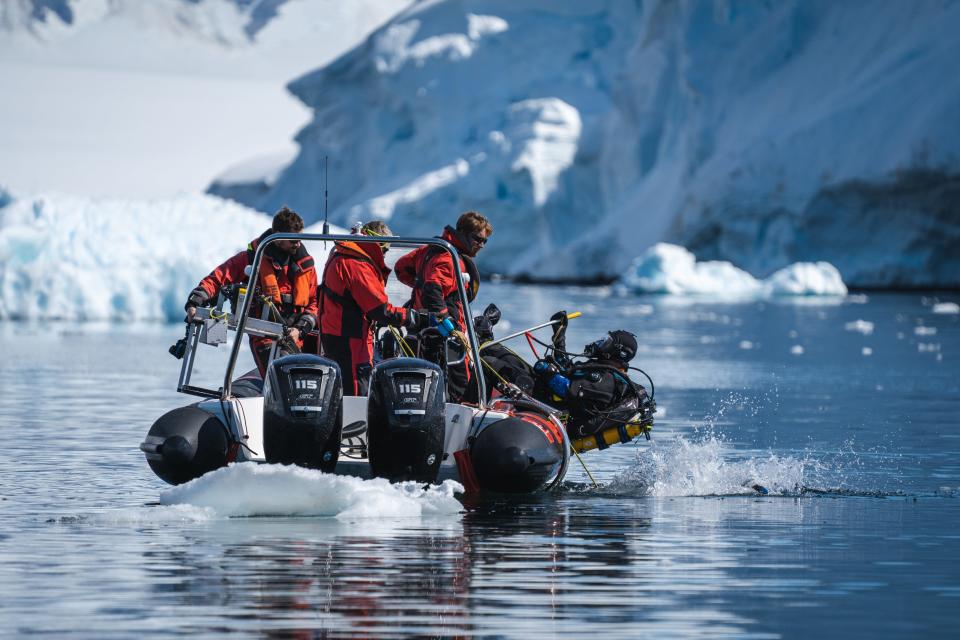
The vast majority of the ocean remains unexplored but researchers are racing to change that.
They believe water-based organisms can advance healthcare and address the climate crisis.
But balancing science, marine protection, and economic gains is an evolving challenge.
This article is part of "The Blue Economy," a series exploring how the ocean ecosystem is being used and preserved by humanity. For more climate-action news, visit Insider's One Planet hub.
The ocean is teeming with uncharted life and most of it remains unexplored — something researchers from academia and private companies are racing to change.
That's because unique microorganisms that can survive the deep, dark abyss of the ocean to those that live in shallow waters and hot springs could hold answers to some of the world's most pressing challenges in health and climate.
Biodiscovery taps into plants, animals, and microorganisms to look for traits that can be used for innovation in the pharmaceutical, biotechnology, cosmetic, and other industries. A bevy of organizations are focused on scaling up biodiscovery at sea.
A marine discovery in the 1950s led to the creation of Ara-A, the first antiviral drug. Around half of clinically approved drugs, including antibiotics and cancer drugs, are based on discoveries made in nature, but only a small percentage of those come from marine ecosystems.
Scientists are turning to the ocean in the hope of finding microbes that can help deal with mounting aquaculture waste, eat methane, degrade plastic, and help create biofuels.
But the industry faces "chronic underfunding, bottlenecks, and untapped potential" while the ocean itself is under assault from pollution, overfishing, a loss of biodiversity, and climate change.
Balancing the pursuit of science, marine protection, and economic gain is an inherent challenge but some organizations are tackling all three.
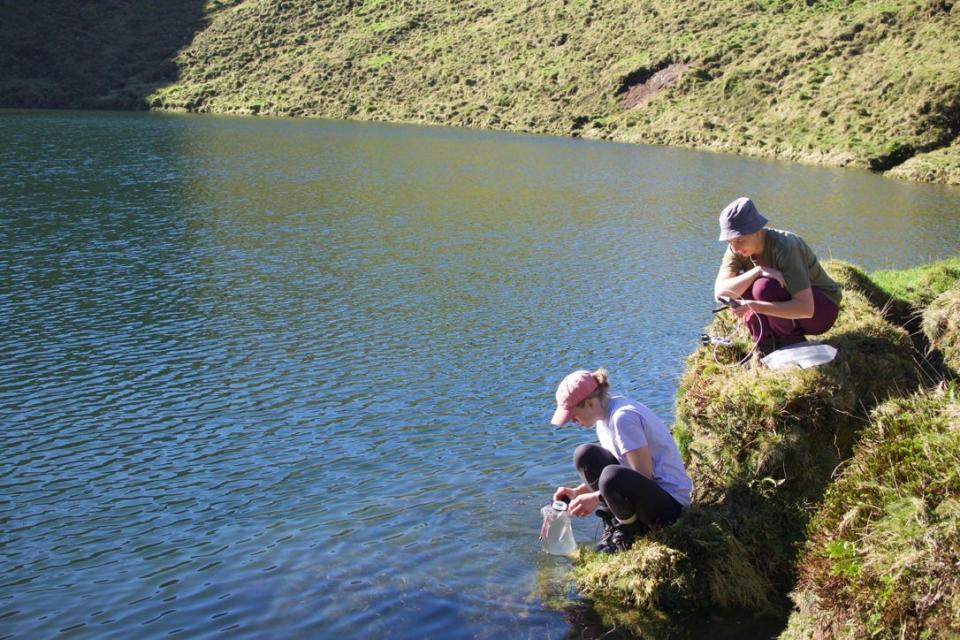
Combining biodiscovery with biodiversity mapping
The London-based company Basecamp Research conducts marine expeditions led by scientists working to build a knowledge graph of nature's biodiversity. The startup, which has raised $26 million to date, works with companies looking for enzymes for commercial use and with NGOs or countries that want to map biodiversity.
Basecamp also partners with academic institutions and governments, including on a project known as Heritage Malta, which involves divers heading 100 meters underwater to collect sediment samples from around archaeological wreckage sites. The project's end goal is to understand how the microbes are evolving in response to the wreck sites on the seabed while also looking for enzymes for commercial use.
Sampling efforts are typically nonintrusive and don't harm the surrounding environment, said Emma Bolton, a marine biologist who has spent time working in Antarctica and is now with Basecamp Research.
Sampling involves taking a "minuscule amount of sediment" and only needs to be done once, she said. Samples can also be taken by filtering a few liters of water. Discoveries might yield commercial gains but could also be used to build an argument for the protection, conservation, or restoration of the marine area.
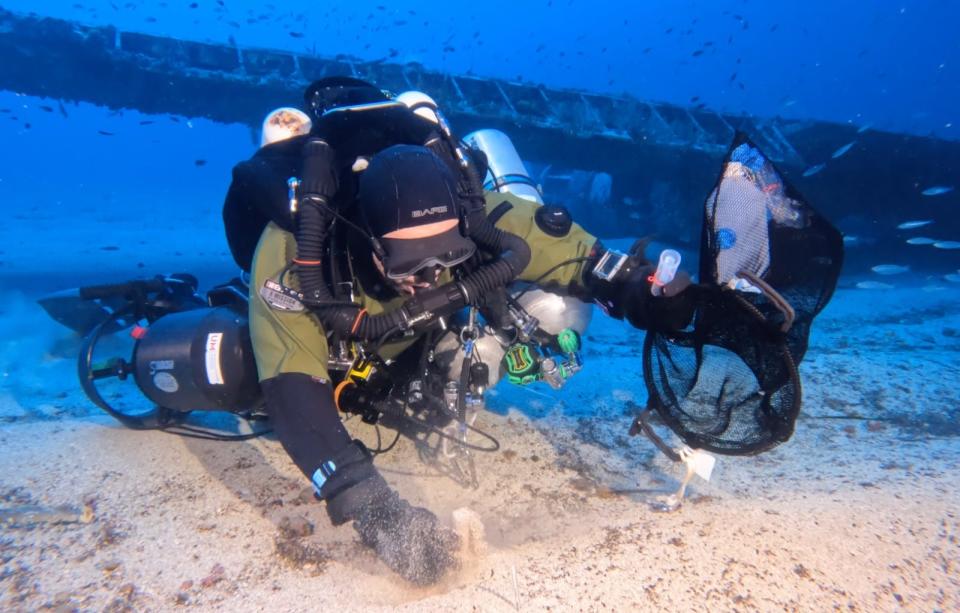
Technology is fueling biodiscovery
Once collected, microbial DNA has to be sequenced and analyzed. Scientists sift through databases of digital biological information hoping to make the next big discovery. There is simply too much data to handle, Rob Finn, the coordinator of a European project that catalogs existing marine-microbiome data said.
"I sit on 3 billion unique proteins that have come from all sorts of different sources," said Finn of the BlueRemediomics initiative. He is also a team lead at the European Bioinformatics Institute.
One of the aims of the 9.3 million euro, or about $10.4 million, project is to make it easier to screen data for useful characteristics for commercialization, with a focus on new ways to reduce waste, increase the reuse of natural products, and improve aquaculture processes.
It will connect the dots between single enzymes or genes to look at whole organisms or small communities of organisms for potential uses, Finn said. The explosion of powerful algorithms that can process vast amounts of data has made this kind of work possible.
Basecamp Research's data science team is also taking advantage of developments in technology. It uses AI modeling to work out the best proteins and enzymes for specific applications, which can lead to bespoke protein designs for its customers. Winning designs can also be used to train AI systems to model other enzymes and sequences in the hope of making further discoveries.
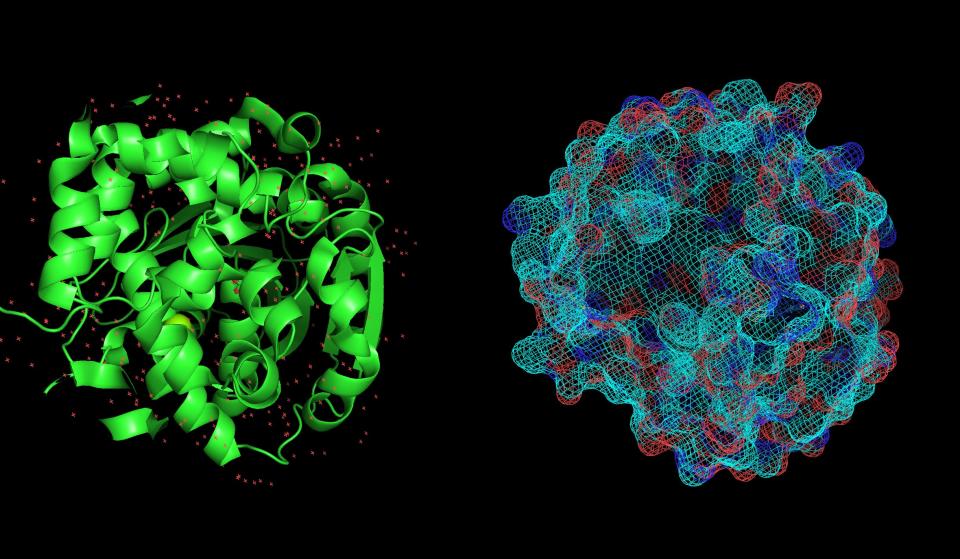
The introduction of the High Seas Treaty
A number of companies use public biological data to develop products, but critics argue that traceability is often lacking, leaving the impact of datasets unknown. This raises the issue of biopiracy, where samples have been harvested illegally without fair compensation to the communities and countries that own the land or waters.
The UN's Nagoya Protocol, adopted in 2010, addressed biopiracy on land by ensuring that commercial profits of genetic resources like DNA are shared with its origin country. The protocol omitted the high seas, which refers to parts of the seas that are not under territorial control of any specific country.
As interest in the ocean gains momentum, so does the push to protect it and ensure discoveries benefit everyone. The High Seas Treaty, which was finalized earlier this year, will regulate the use of physical and digital genetic data found in the deep sea and states that profit is to be shared equally between nations.
Basecamp Research's Bolton said any royalties made from its data are shared with location partners, in line with the Nagoya Protocol. For example, it would share profits with a national park that might have enlisted the company's help to conduct a biodiversity survey.
Meanwhile, a huge part of BlueRemediomics's funding is devoted to finding ways to balance commercialization with benefit sharing and to make sure that neither becomes constricted, Finn said. This is particularly important as policy evolves with the ratification of the High Seas Treaty.
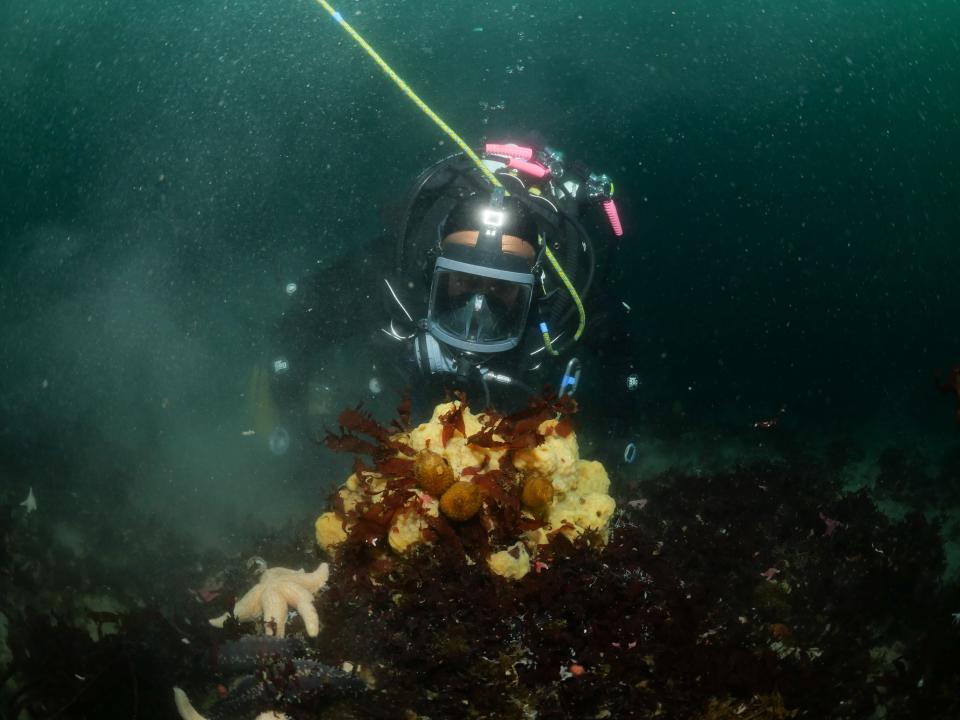
The treaty also puts into action an agreement to protect 30% of the high seas by 2030. Currently, less than 3% is considered highly protected.
This coincides with a race to mine the seafloor for critical materials, often touted as necessary to meet electrification goals. Scientists have pushed back on the "misleading" narrative that this kind of exploration is needed for a green transition and have warned that mining the deep sea will have damning consequences for marine ecosystems,
The conversation has led to increased public awareness of the marine ecosystem's value and a push to understand the ocean, Bolton said. "There is so much more to discover from it."
Read the original article on Business Insider

